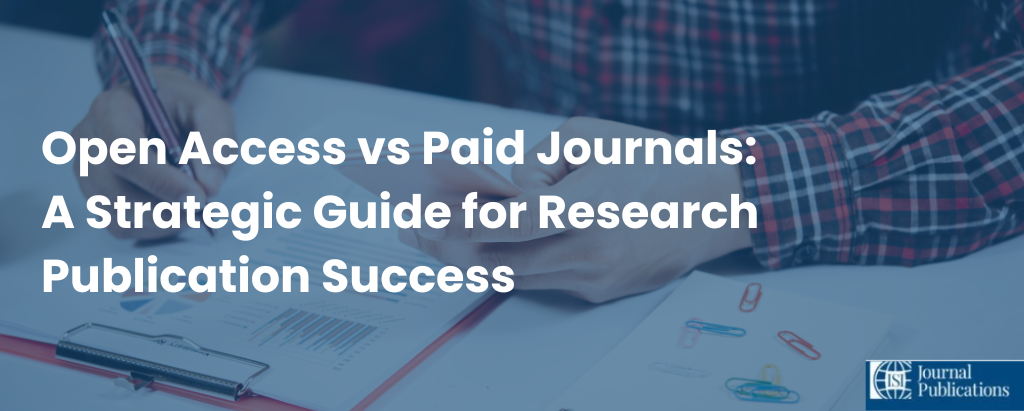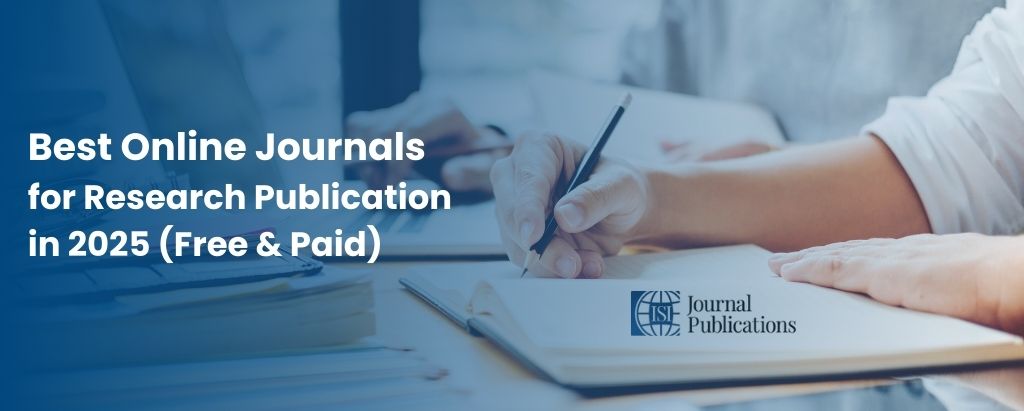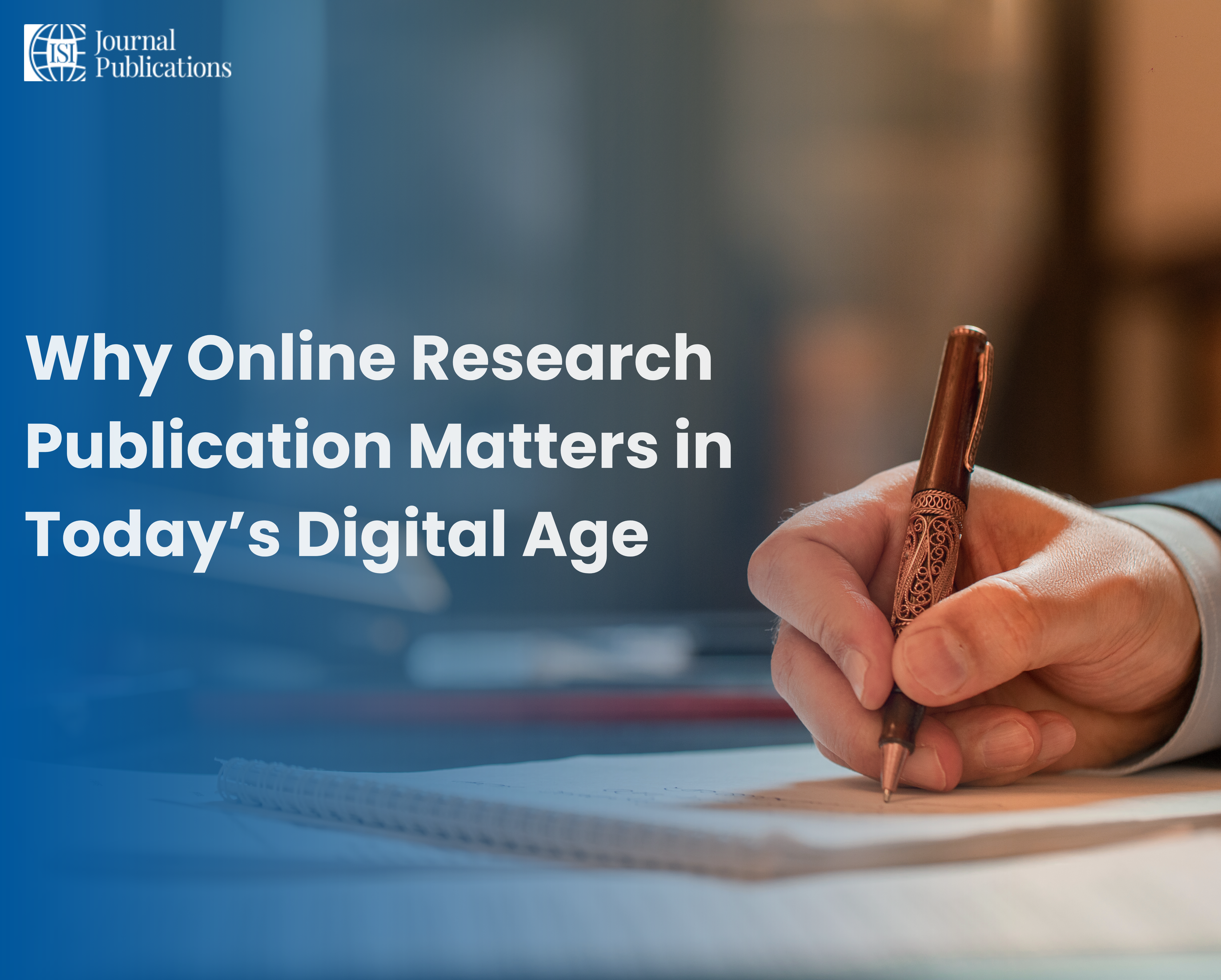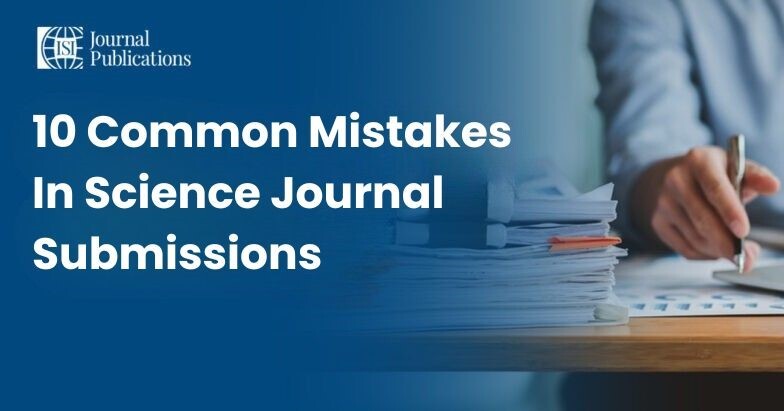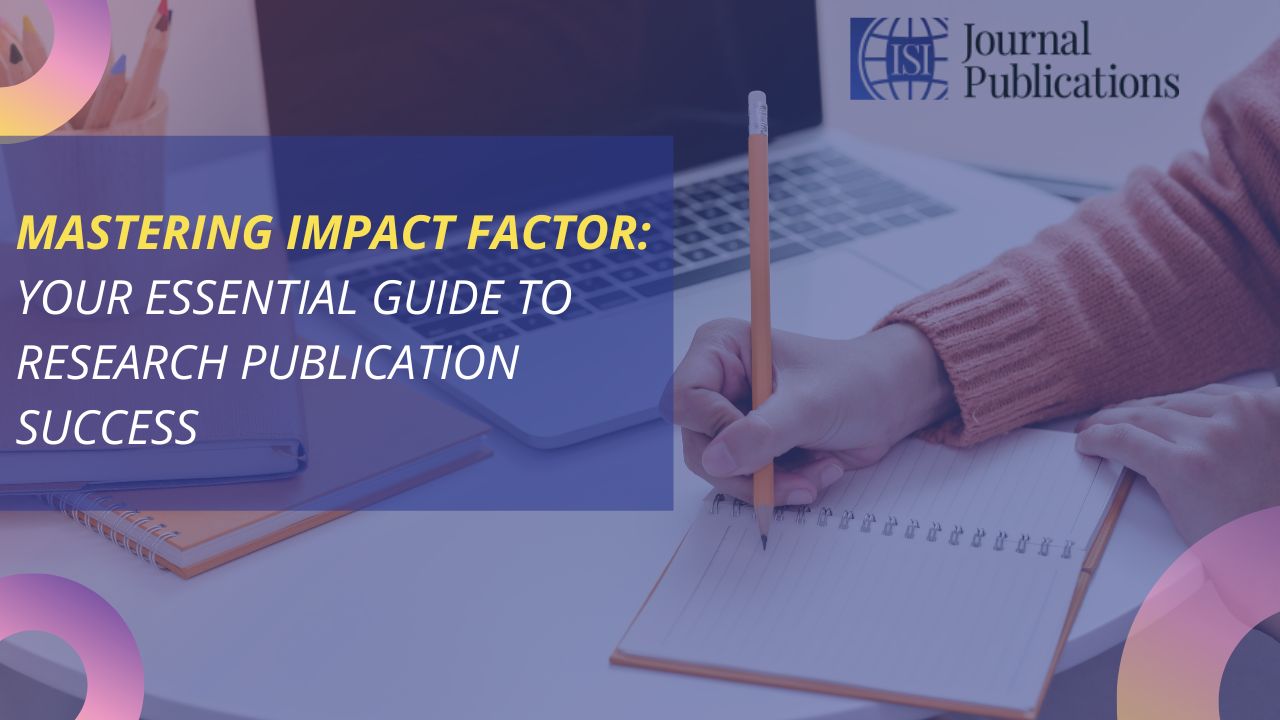In the evolving domain of academic research, selecting between open access (OA) and paid (subscription-based) journals significantly shapes your scholarly visibility, citation potential, and funding compliance. In this guide, we provide a detailed comparison and decision-making framework tailored for authors pursuing online research publication.
Understanding Academic Publishing Models
What Are Open Access Journals?
Open Access journals provide unrestricted digital access to scholarly content. By shifting the financial burden from the reader to the author (typically via Article Processing Charges or APCs), OA journals enable wider knowledge dissemination.
Types of Open Access:
- Gold OA: Final version is freely available on the publisher’s website.
- Green OA: A version is archived in repositories, often pre-print.
- Hybrid OA: Authors pay to make individual articles open access within traditional journals.
What Are Paid (Subscription-Based) Journals?
Paid journals are accessible only to readers or institutions that purchase subscriptions. These traditional models are frequently used by prestigious publishers and offer rigorous peer-review processes. Authors typically incur no publishing fees unless opting for open access in hybrid models.
| Feature | Open Access Journals | Paid Journals |
| Accessibility | Freely available globally | Limited to subscribers |
| Cost to Author | High (APCs may range $1,000–$5,000) | Usually free |
| Visibility | Higher due to unrestricted access | Lower due to paywalls |
| Citation Rate | Often 30–40% higher | Moderate |
| Publication Speed | Often quicker with streamlined systems | Varies; generally slower |
| Peer Review Quality | Varies; check indexing and credibility | Generally more traditional and selective |
| Copyright | Author retains rights (Creative Commons license) | Publisher owns copyright |
| Indexing | Indexed in DOAJ, Scopus, PubMed if credible | Commonly indexed in Scopus and Web of Science |
Advantages of Publishing in Open Access Journals
1. Maximized Visibility and Citations
Publishing in OA journals significantly boosts the global visibility of your work. Greater access leads to more downloads, shares, and citations—critical metrics for academic progression and impact.
Read more on why this matters in our post on Why Online Research Publication Matters.
2. Faster Publishing Timelines
OA journals often use digital-first workflows that expedite peer review and reduce wait times. For urgent or time-sensitive studies, this accelerated timeline is crucial.
3. Funder Compliance and Policy Alignment
Publishing open access ensures compliance with mandates from funding bodies like NIH, Horizon Europe, and the Wellcome Trust—avoiding potential funding conflicts.
4. Research Transparency and Collaboration
By making data openly accessible, OA journals foster transparency, reproducibility, and interdisciplinary collaboration, advancing the broader goals of science.
Benefits of Choosing Paid Journals
1. Prestige and Recognition
Many high-impact journals with long-standing reputations, such as Nature and The Lancet, remain behind paywalls. Publishing in these journals enhances your academic profile and tenure potential.
2. No APCs for Budget-Conscious Authors
For researchers with limited funding, publishing in paid journals is often more financially feasible. Some even offer fee waivers or reduced charges for authors from developing regions.
3. High Editorial Standards
Traditional journals usually offer extensive editorial oversight and rigorous peer review, enhancing publication quality and academic trust.
When Should You Choose Open Access?
Select open access if:
- You want maximum global reach.
- You’re required to meet grant or institutional open access mandates.
- You aim to increase citation metrics and research engagement.
- You’re publishing public interest research (e.g., health, climate, education).
- You have access to funding or institutional support for APCs.
Explore the future of online research publication to understand how open access is reshaping scholarly communication.
When Should You Choose Paid Journals?
Opt for paid journals if:
- You’re targeting high-prestige journals with strong reputations.
- You don’t have funding for APCs.
- Your audience primarily consists of researchers at subscribing institutions.
- Your focus is on long-term academic recognition and tenure value.
Hybrid Journals: The Best of Both Worlds?
Hybrid journals allow you to publish in top-tier subscription-based journals while offering the option to pay for individual article access. This model is ideal for authors seeking prestige without compromising visibility.
Watch Out for Predatory Journals
While open access promotes academic equality, it also opens doors to predatory publishers who bypass peer review for profit.
How to Spot Predatory Journals:
- No clear peer-review process
- Editorial board lacks academic credentials
- Misleading impact factor claims
- Absent from major indexing databases
How to Avoid Them:
- Verify listings on DOAJ
- Confirm indexing in Scopus, PubMed, or Web of Science
- Use journal validation tools like Think. Check. Submit.
For more tips, check our guide to resubmitting your research safely.
Diagram: Choosing the Right Journal Model
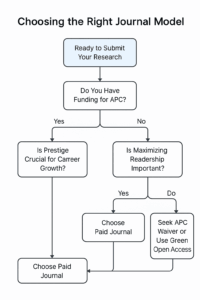
Final Thoughts
Choosing between open access and paid journals is a pivotal step in your research publishing strategy. Whether your goal is broad dissemination, academic prestige, or funder compliance, the model you choose must align with your research vision.
For researchers aiming for strong digital impact, explore the best online journals for research publication in 2025.
Publishing strategically isn’t just about where your work appears—it’s about how your research influences the world. Make that choice count.
